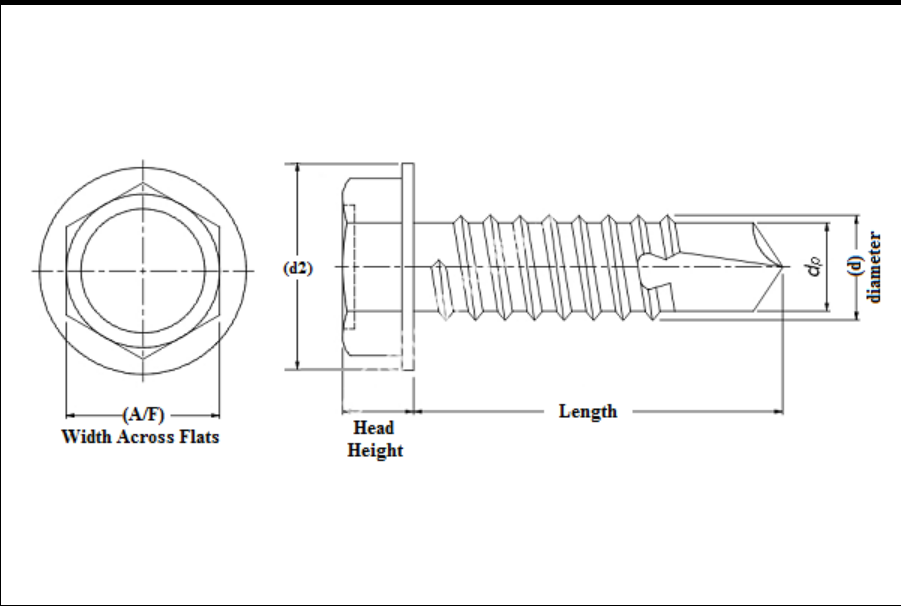flat washer vs spring washer quotes
Flat Washer vs. Spring Washer Understanding the Differences and Applications
When it comes to fastening solutions, washers play a crucial role in ensuring the reliability and longevity of various mechanical assemblies. Among the many types of washers available, flat washers and spring washers are two of the most commonly used. This article will explore the fundamental differences between these two types of washers, their applications, and the best practices for their use.
Flat Washers A Simple Solution
Flat washers are thin plates, usually made of metal or plastic, with a hole in the center. They are designed to distribute the load of a threaded fastener, such as a bolt or nut, over a larger surface. This helps to prevent damage to the surface being fastened and reduces the likelihood of the fastener loosening due to vibration or shifting.
The primary benefits of flat washers include
1. Load Distribution They spread the weight and pressure exerted by the fastener, which helps to prevent deformation of the material being joined. 2. Preventing Damage By having a larger surface area in contact with the material, flat washers minimize the risk of marring or scratching surfaces. 3. Corrosion Resistance Many flat washers are coated or made from corrosion-resistant materials, making them suitable for outdoor and high-humidity environments.
Common Applications Flat washers are widely used in construction, automotive, and machinery repairs. They are ideal for securing bolts, nuts, and screws in various applications where a secure and stable connection is essential.
Spring Washers Keeping Things Tight
Spring washers, on the other hand, are specially designed to exert a constant load even as the fastener experiences movement. Typically made from spring steel, these washers come in several configurations, such as split, conical, or wave, and serve to absorb the energy from vibrations and prevent loosening over time.
flat washer vs spring washer quotes

The key advantages of spring washers are
1. Maintaining Tension They exert a continuous force that keeps the fastener tight, reducing the chance of loosening due to vibration or shock. 2. Shock Absorption Spring washers provide a level of flexibility and can absorb shocks, making them ideal for high-vibration applications. 3. Self-Locking Their design inherently helps to prevent bolts and nuts from loosening, making them a reliable choice in critical applications.
Common Applications Spring washers are frequently used in automotive parts, machinery that experiences movement, and any application where high levels of vibration might be present. They are particularly useful in settings where regular maintenance checks are difficult.
Which to Choose?
Choosing between flat washers and spring washers depends largely on the specific application and requirements. Flat washers are excellent for providing a stable base for fasteners, especially in static situations. On the other hand, spring washers are better suited for dynamic applications where movement and vibration can lead to loosening.
Best Practices
1. Combination Use In many cases, it may be beneficial to use both flat and spring washers together. The flat washer can provide load distribution while the spring washer ensures the connection remains tight. 2. Material Selection Ensure that the materials used are compatible with the environment in which they are operating to avoid corrosion and wear. 3. Regular Maintenance For applications involving spring washers, regular inspections are paramount to ensure that they are functioning correctly and providing the required tension.
Conclusion
Both flat washers and spring washers play essential roles in various mechanical applications. Understanding the differences between them and their specific advantages allows engineers and technicians to make informed decisions that enhance the performance and longevity of their assemblies. Whether you are building a new piece of machinery or repairing an existing one, knowing when and how to use these washers can make all the difference in ensuring a secure and reliable connection.
-
Top Choices for Plasterboard FixingNewsDec.26,2024
-
The Versatility of Specialty WashersNewsDec.26,2024
-
Secure Your ProjectsNewsDec.26,2024
-
Essential Screws for Chipboard Flooring ProjectsNewsDec.26,2024
-
Choosing the Right Drywall ScrewsNewsDec.26,2024
-
Black Phosphate Screws for Superior PerformanceNewsDec.26,2024
-
The Versatile Choice of Nylon Flat Washers for Your NeedsNewsDec.18,2024










